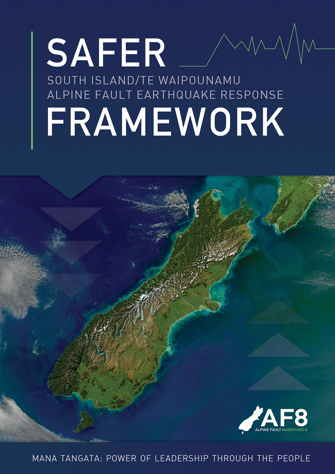Emergency response planning in Aotearoa New Zealand, and most other comparable nations, typically takes an 'all hazards' approach, where response resources and coordination arrangements are assumed to be sufficient to meet the needs of any hazard that might occur. The response components of the National Civil Defence Emergency Management (CDEM) Plan and most regional and local Emergency Management Group plans take an 'all hazards' approach.
Although an 'all hazards' approach provides a broad and solid basis for response planning, it lacks specificity about the sorts of impacts and consequences that large-scale, complex hazards, like major earthquakes, will generate. Nor does the 'all hazards' approach cover the inter-regional and government agency actions that are likely to be required to respond and recover from these catastrophic events.
The AF8 Programme is designed to support and facilitate planning actions, resources and overall coordination to increase our readiness and response capability for the next major Alpine Fault earthquake, which will have catastrophic consequences across New Zealand. The AF8 planning model applies Alpine Fault earthquake scenarios, co-designed by subject matter experts and emergency managers, to inform and develop response priorities and actions as outlined in the South Island Alpine Fault Earthquake Response (SAFER) Framework.
The AF8 SAFER Framework aims to create shared situational awareness and operational coordination between all agencies and organisations that have significant roles to play in the event of a major Alpine Fault earthquake. It outlines the key considerations, priorities and responsibilities for the first seven days of response.
The Framework provides a concept of coordination of response and priority setting across all six South Island Emergency Management (EM) Groups and their partner organisations. It is not intended to replace existing plans within agencies but to provide a coordinated picture of response following the next major Alpine Fault earthquake. The SAFER Framework is a key output of the first two years (2016-18) of the AF8 programme, it was funded by the National Emergency Management Agency and led by Emergency Management Southland.
